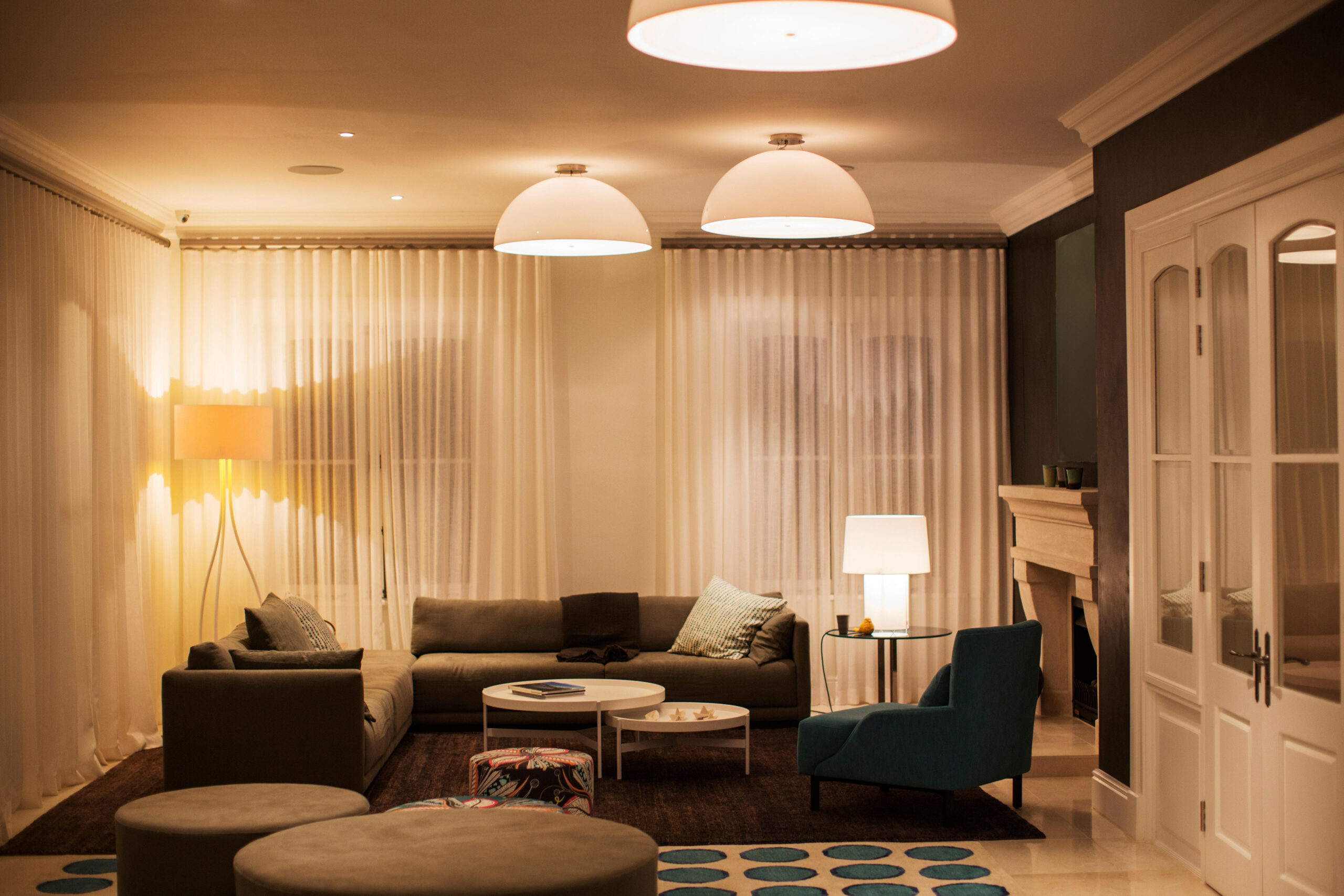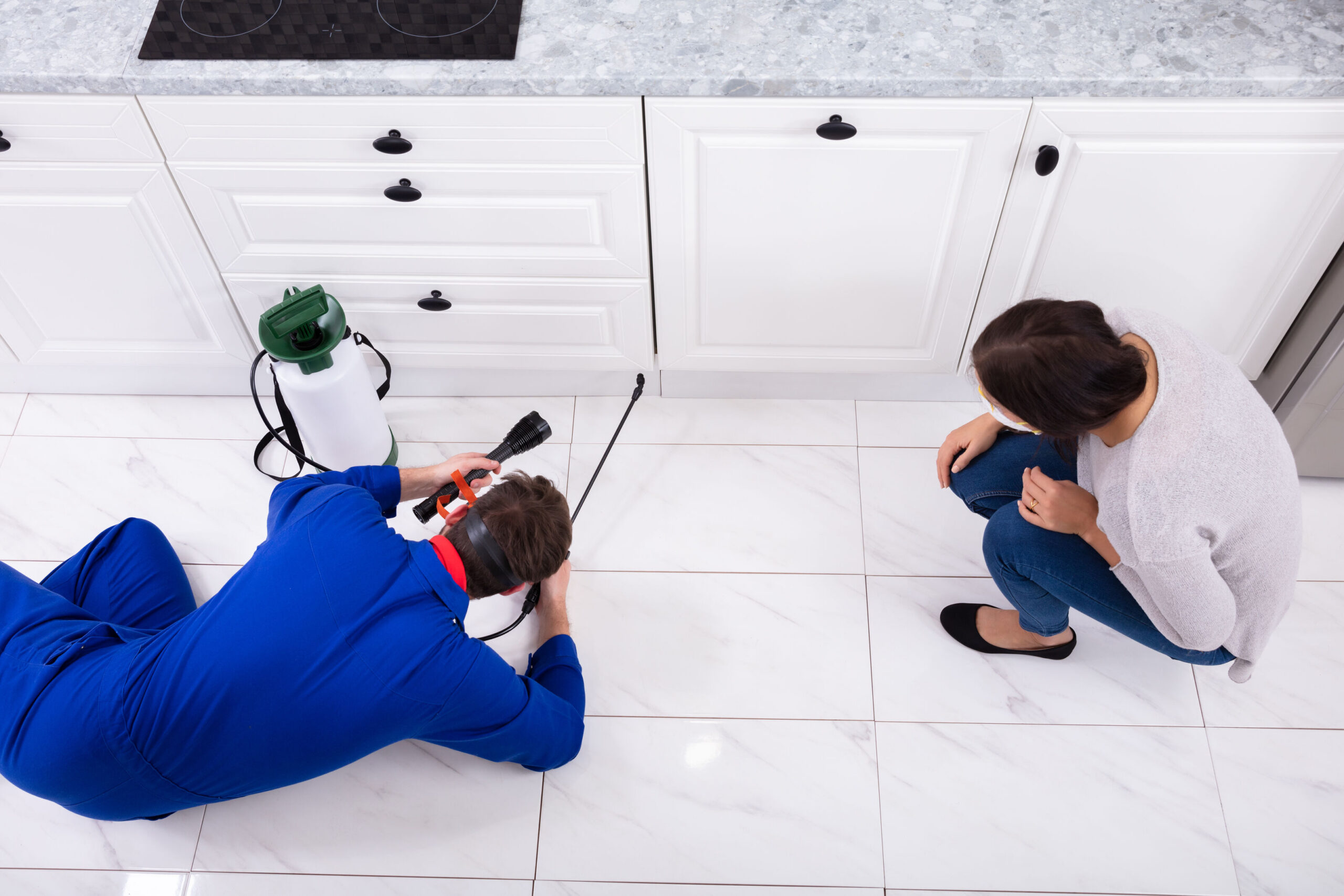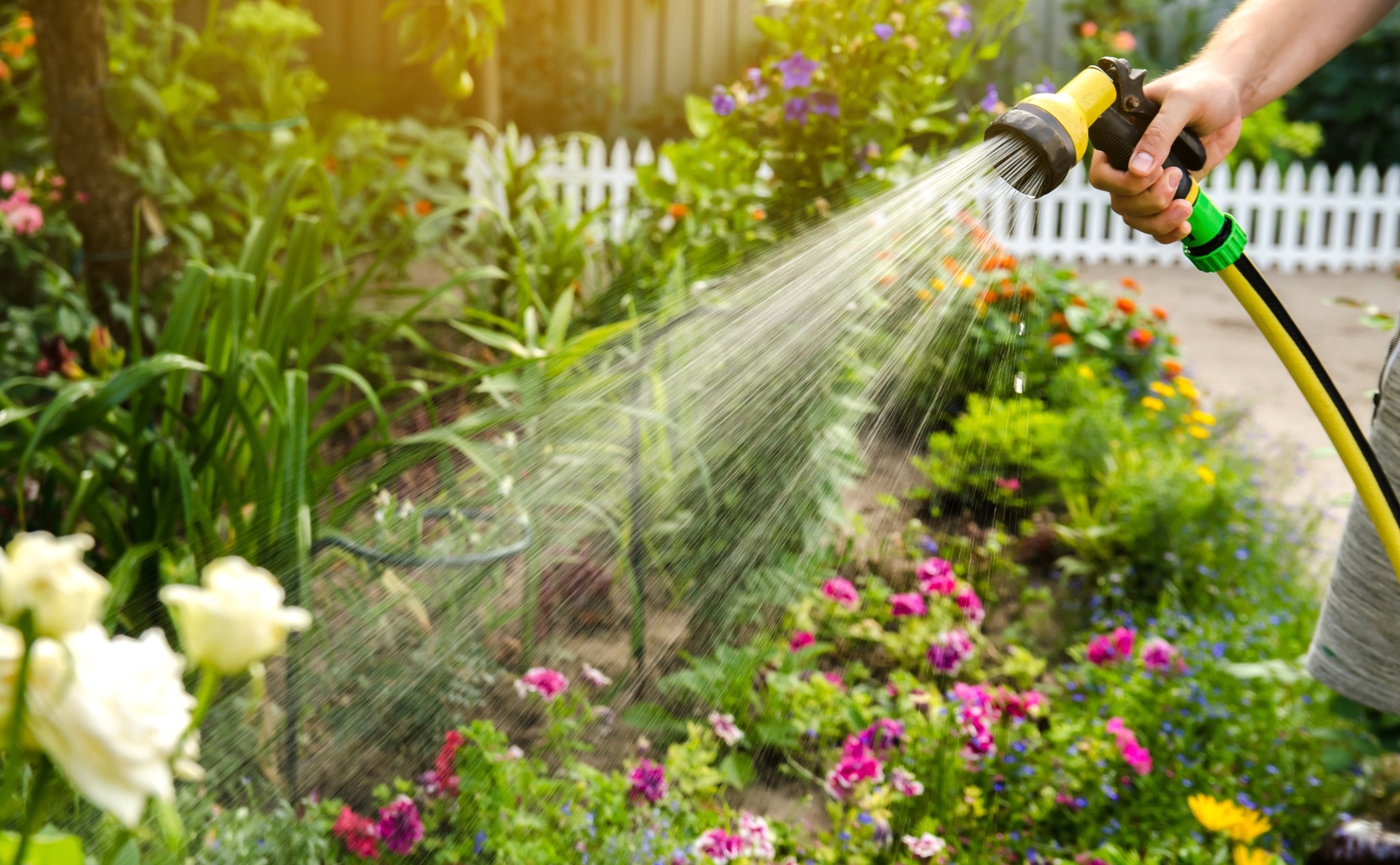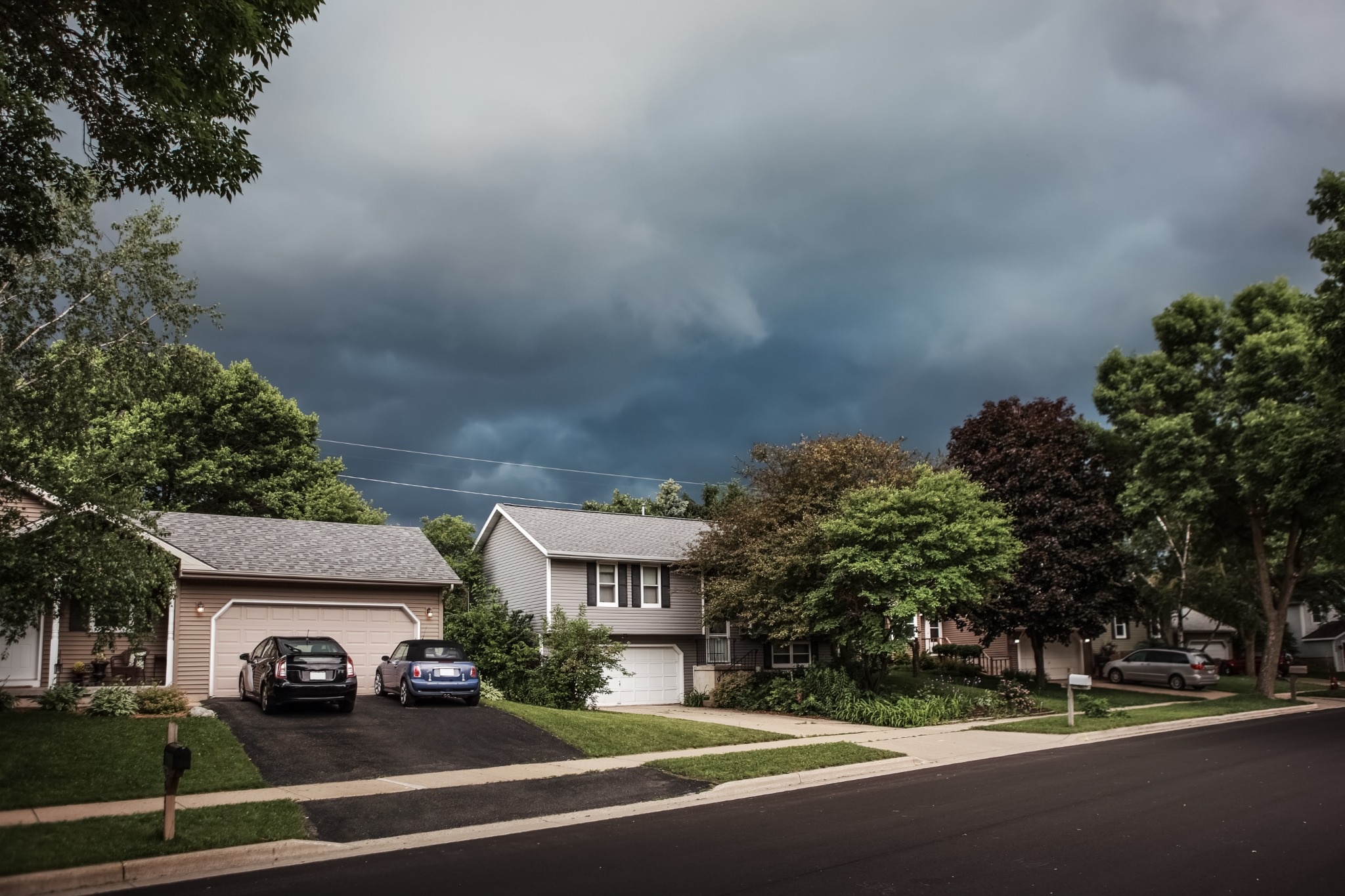Table of Contents
Save Big with New Windows: How This Simple Upgrade Can Cut Energy Bills Fast
Swapping out old windows might not sound like the most exciting home improvement project, but it’s one of the smartest ways to cut down on energy bills. Drafty frames and outdated glass could be leaking your hard-earned dollars—literally—right out the window.
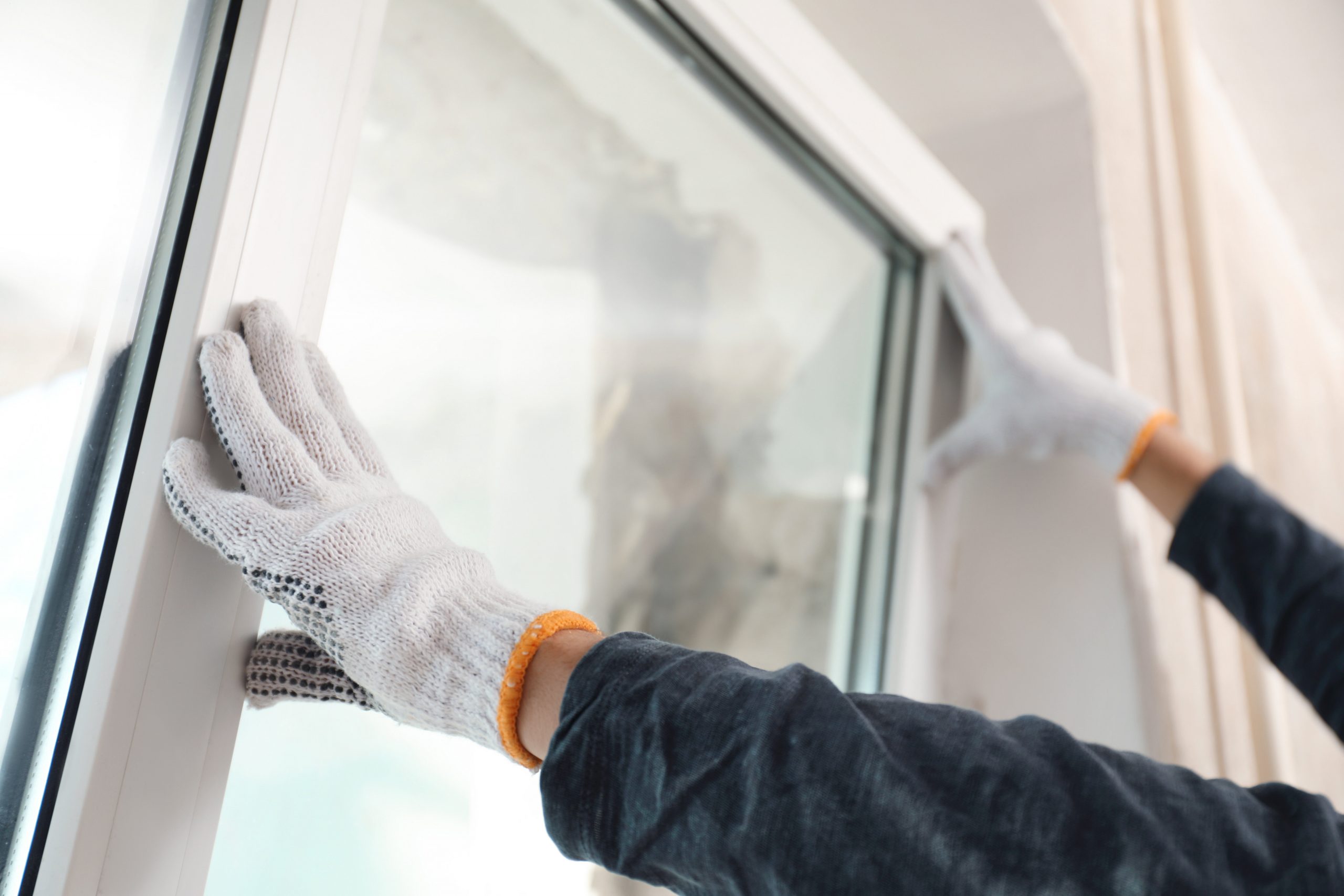
Let’s dig into how installing new windows can actually save you money, increase comfort, and boost your home’s value.
How Old Windows Drain Your Wallet
Your windows are a major line of defense against outdoor weather, but older models weren’t built to the same efficiency standards we have today. Most pre-2000 homes have single-pane windows or basic double-pane units that allow heat to pass through easily.
When windows aren’t properly insulated or sealed, your heating and cooling systems have to work harder to keep the indoor temperature comfortable. This leads to:
- Higher energy bills
- Overworked HVAC systems
- Cold drafts and hot spots in your home
According to the U.S. Department of Energy, heat gain and loss through windows are responsible for 25%–30% of residential heating and cooling energy use.
The Benefits of Energy-Efficient Replacement Windows
Upgrading to modern, energy-efficient windows can lead to big savings—financially and environmentally. Here’s what you get when you make the switch:
Lower Monthly Energy Bills
Energy Star–rated windows can save homeowners up to 12% on annual energy bills. In colder climates, that number can be even higher when replacing single-pane windows with double- or triple-pane options.
Improved Comfort Year-Round
Modern windows use advanced technologies like low-emissivity (Low-E) coatings, gas fills (like argon or krypton), and insulated frames to block heat in the summer and keep it in during the winter. That means fewer drafts, more stable indoor temps, and a more comfortable living space.
Increased Home Value
Energy efficiency is a top priority for today’s buyers. According to Remodeling Magazine’s Cost vs. Value Report, homeowners can recoup around 60%–70% of the cost of new windows at resale.
Noise Reduction
Energy-efficient windows also cut down on outside noise, especially if you upgrade to triple-pane models. This makes a huge difference if you live near traffic, schools, or noisy neighbors.
Comparing Window Options
When shopping for new windows, it’s not one-size-fits-all. Here’s a breakdown of common types and how they perform:
| Window Type | Energy Efficiency | Cost (Per Window) | Best For | Noise Reduction |
|---|---|---|---|---|
| Single-Pane | Poor | $100–$300 | Sheds, garages | Low |
| Double-Pane | Moderate to Good | $300–$600 | Most homes | Moderate |
| Triple-Pane | Excellent | $500–$1,000+ | Cold climates, noise areas | High |
| Low-E Coating | High | Add-on cost | All climates | Moderate |
| Gas-Filled (Argon) | High | Included in premium | Energy savings, insulation | High |
*Prices vary based on region and installation costs.
The Payback Period: How Long Until You Break Even?
The up-front cost of new windows can seem steep, but they pay for themselves over time. The exact break-even point depends on your local climate, energy prices, and the condition of your existing windows.
On average:
- Basic upgrades (like double-pane vinyl windows) may break even in 7–10 years.
- Premium models with triple-pane glass and Low-E coatings could take 10–15 years.
But if your current windows are particularly leaky or damaged, the payback time can be even shorter.
Rebates and Incentives: Don’t Miss Free Money
Many utility companies and state governments offer rebates or tax credits for upgrading to energy-efficient windows. Check the Database of State Incentives for Renewables & Efficiency (DSIRE) to see what’s available in your area.
As of 2025, U.S. homeowners may qualify for:
- Up to $600 in federal tax credits for Energy Star–certified windows
- Local rebates from utility providers worth $50–$200 per window
These incentives help reduce the cost barrier and speed up your return on investment.
Do You Really Need New Windows?
Here’s a quick checklist to help you decide:
- Do you feel drafts near your windows?
- Are your energy bills climbing year after year?
- Do you notice condensation between window panes?
- Are your window frames warped, rotting, or hard to open?
- Is outside noise becoming a problem?
If you answered “yes” to even a couple of these, it might be time to consider a window replacement.
Alternatives to Full Replacement
Not quite ready for a full window upgrade? There are smaller steps you can take in the meantime:
- Add weather stripping or caulk to seal leaks
- Use thermal curtains to block drafts
- Install window film for extra insulation
- Consider storm windows for added protection
These options won’t offer the same long-term savings as new windows, but they can provide temporary relief while you plan your investment.
Making the Clear Choice
Upgrading your windows might not be as glamorous as a kitchen remodel, but it’s a decision that pays off—both in dollars and day-to-day comfort. With rising energy costs, choosing efficient windows is one of the best home improvements you can make. They’re not just glass—they’re your home’s front line in the fight against waste.
Helpful Sources and Links
- Update or Replace Windows – U.S. Department of Energy
- Residential Windows, Doors & Skylights – ENERGY STAR
- Windows & Skylights Federal Tax Credit – ENERGY STAR
- DSIRE – Database of State Incentives for Renewables & Efficiency
- Idaho Power Rebates and Offers
- 2023 Cost vs. Value Report – JLC Online
- 2024 Cost vs. Value Report – Zonda

